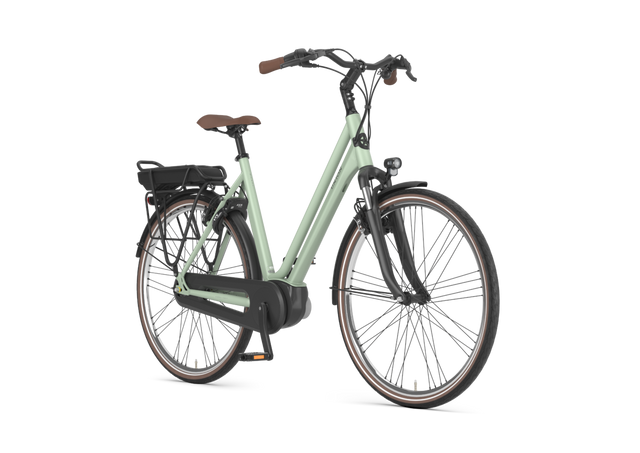Neuralink links brain to computer
One of Elon Musk’s most talked-about projects is Neuralink. The aim of this project is to link the human brain to the computer. Recently, Neuralink presented the latest progress update.
The thinking behind Neuralink
We all know hardware. Software, programs and apps too. But there is also wetware. The coupling of the largest biological information processing system we know, our brain, to microchips. The possibilities, when it works, are phenomenal. Imagine having the total knowledge in Wikipedia. (Although, don’t, if you read certain articles).
Lightning fast learning. Operate an exoskeleton with your brain, or for example extra arms like Doctor Octopus from the Spiderman franchise. Or the other way around: store your memories in the cloud so that you never forget anything. And the most spectacular application of all: making paralyzed people walk again. Naturally, there are also risks associated with wetware, such as Neuralink. We will come back to that later.
How does Neulink work?
Nerve cells, such as brain cells, make connections with microchips quite easily. The dendrites of a nerve cell are attracted by electrical voltage, such as that on the contacts of a microchip. Neuralink uses this. Neuralink implants a chip in the brain, to which the dendrites of a brain cell connect. More details can be found on the company’s website.
Progress at Neuralink has not been as smooth as it has been at Musk’s other companies. Logical, because the human brain and that of other mammals is hellishly complicated. But now it seems that clinical testing has finally begun. This means that Neuralink’s brain implants will be tested on humans, if the US health authority FDA gives permission for this.
Ethical sides
The method Neuralink uses is quite risky. A hole is drilled in the skull and meninges through which the implant is placed in the brain. That is dangerous, because you break through the blood-brain barrier and the risk of infections is not imaginary.
Bacterial infections in the brain are very bad news and are usually fatal. Unconfirmed rumors say that more than 1,500 animals have died in the experiments, raising ethical questions.
Competitor Syntron uses the much safer stentrode, which is placed in the brain via a blood vessel. The blood-brain barrier is not broken. On the other hand, many medical studies use quite a few laboratory animals, not just by Neuralink. Unfortunately there is no good alternative.
Video presentation
At a press conference in late November, Musk demonstrated Neuralink images of monkeys operating devices using the brain implant. The intention is that the first paralyzed patients will receive a brain implant at the beginning of 2023, with which they can move parts of the body for the first time or, for example, operate an exoskeleton and then walk. You can see the images below.



